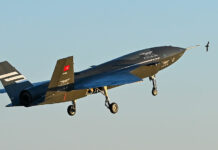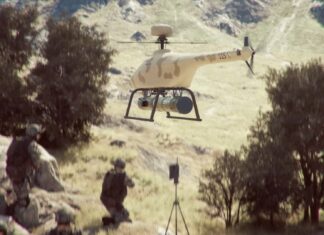The Paris Airshow this year provided aerospace professionals and enthusiasts an opportunity to witness one of the most dramatic changes in military aviation – the shift from “manned airplanes” to “unmanned aerial systems” (UAS). This transition is neither new, nor unexpected, but the 47th Paris Airshow provided clear evidence to the depth of this change.
With front-line fighters entering operational service, after decades of development, the Super Hornet, MiG-29, Su-30, Typhoon, Rafale, Gripen and Raptors will remain with us for the foreseeable future. Therefore, innovations in manned platforms are less visible, and are normally focusing on propulsion, avionics and weapons upgrade. More visible are those platforms designed to support fighters – refuellers, transports and special mission aircraft, based on modified commercial aircraft and business jets. One of the few new faces on the flight display was the Augusta-Bell 609 based on the tilt-rotor lift and propulsion technology developed for the V-22. Only the introduction of the new Dreamliner (B787), F-35 JSF, or sending Raptors to international shows could bring some excitement into these already familiar scenes.
Yet, unmanned systems are now appearing everywhere. Relieved from the constraints associated with a pilot on board, UAS designers have the freedom to try new concepts best optimized for specific missions, surpassing the capabilities of the more versatile, but much more expensive and vulnerable manned aircraft.
Defense Update’s Paris Airshow coverage highlights some of these trends, showing the military aircraft on display, new weapons, avionics, and support systems. We are covering the many UAVs shown on the flight lines and in the exhibition halls. New air defense systems are also introduced and our report concludes with a brief overview of the latest military satellites.



















